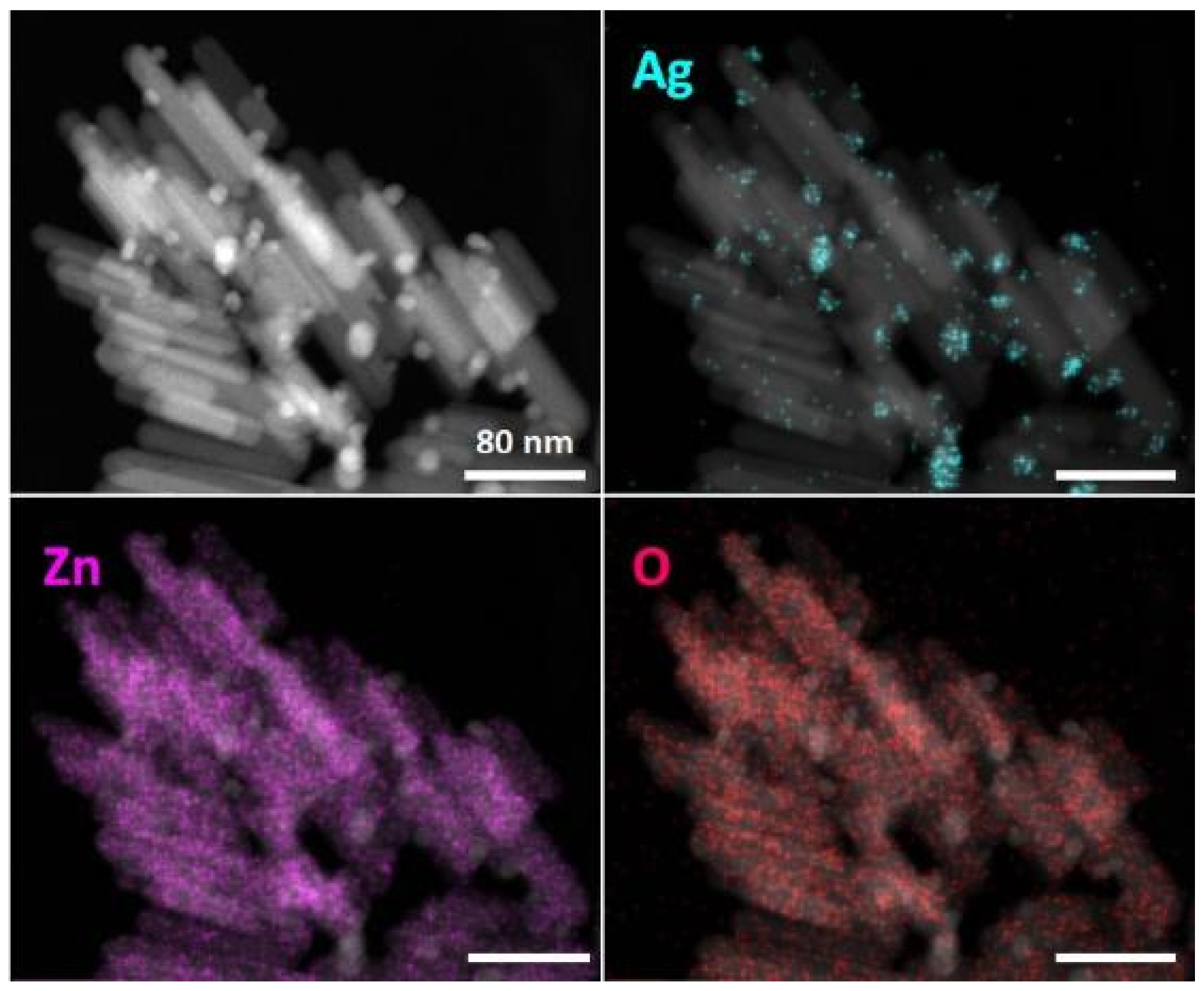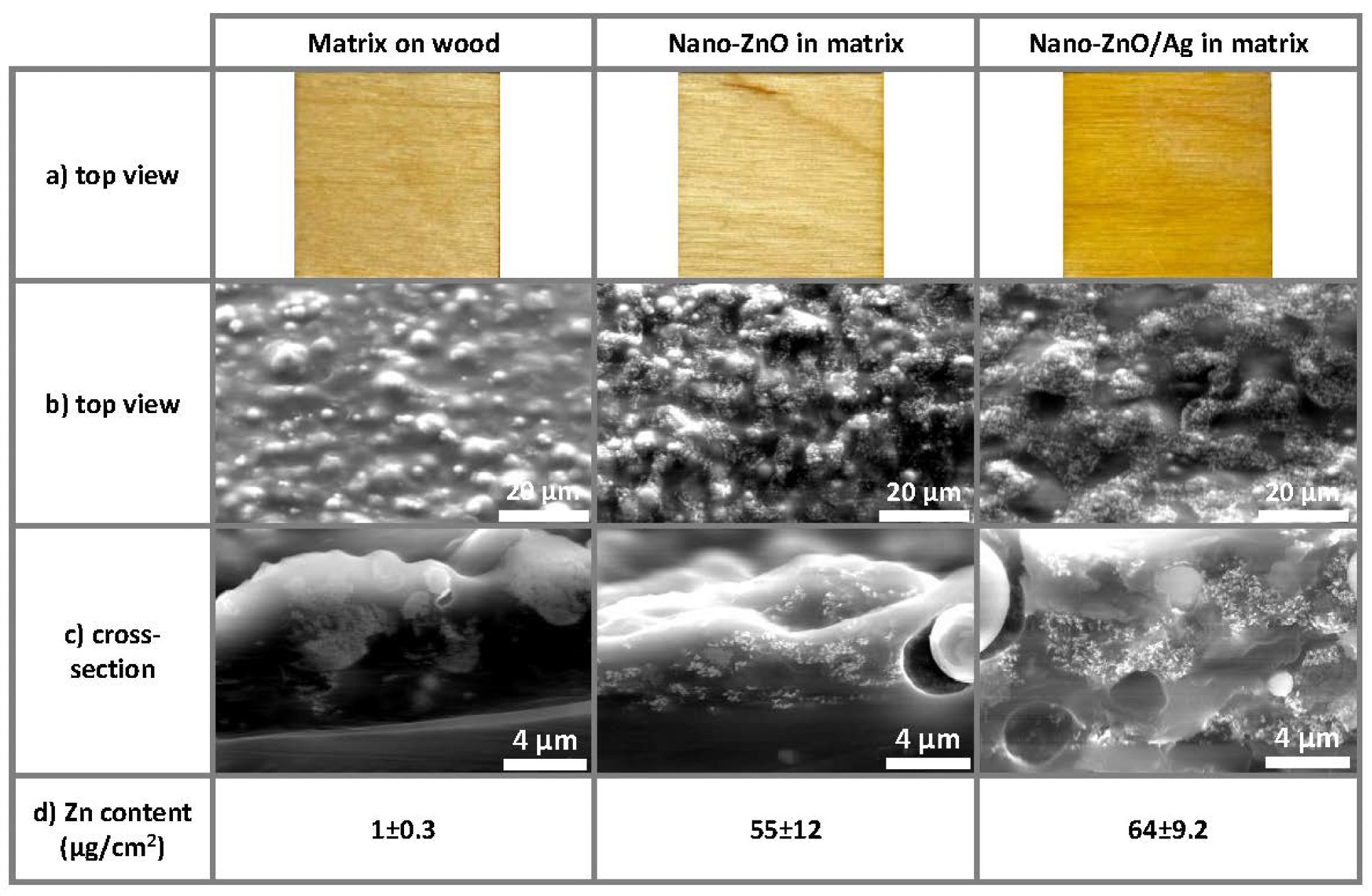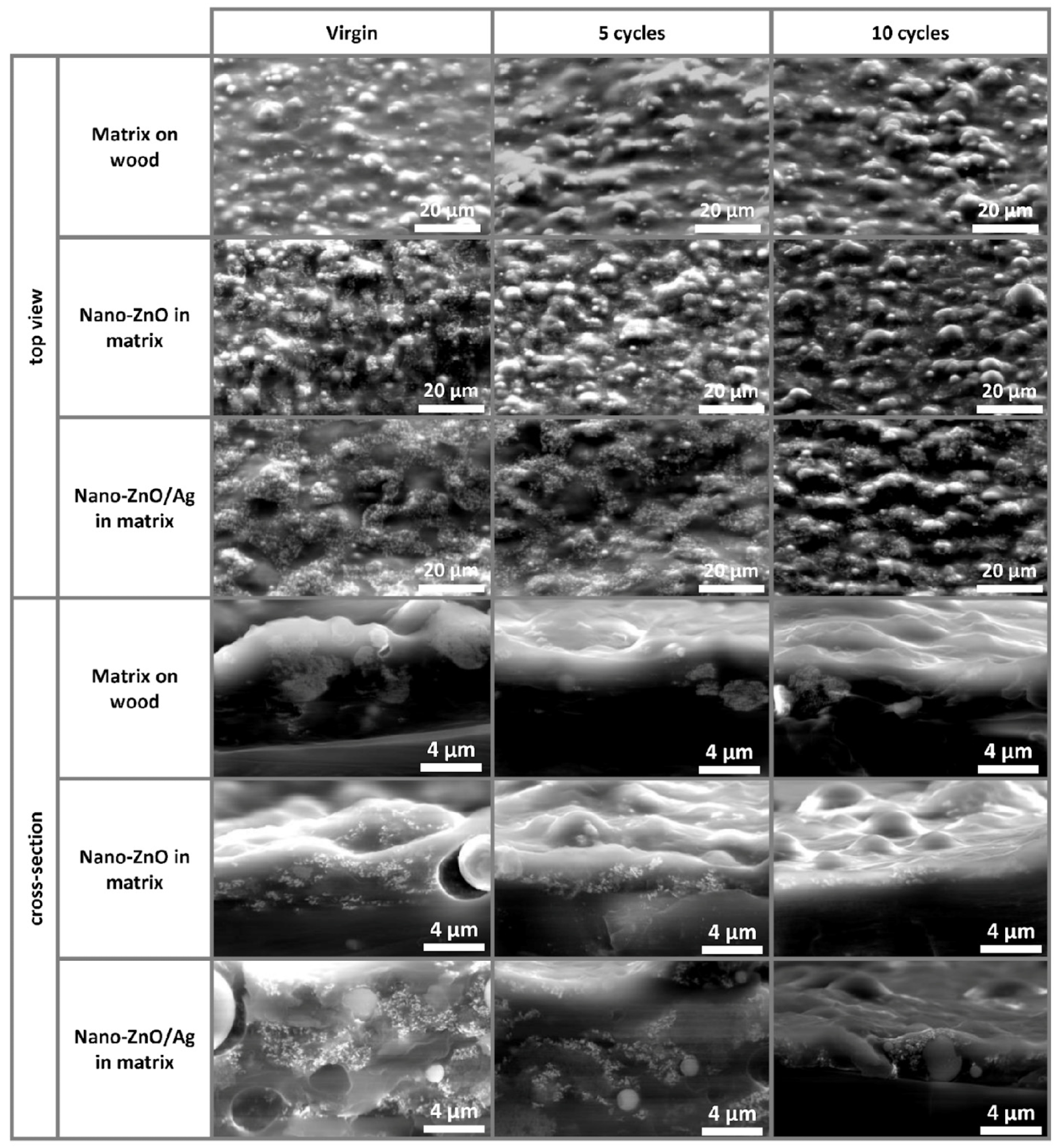A paper published in the journal Nanomaterials indicates that nanoscale ZnO-based and nanoscale ZnO/Ag-based antimicrobial photocatalyst surfaces with potency against E. coli and S. aureus can be developed utilizing basic techniques and a common acrylic finish for wooden surfaces.

Study: Preparation and Characterization of Photocatalytically Active Antibacterial Surfaces Covered with Acrylic Matrix Embedded Nano-ZnO and Nano-ZnO/Ag. Image Credit: fusebulb/Shutterstock.com
The Spread of Bacterial Infections
Pathogenic bacteria have a major influence on human health. Bacterial infections have a greater impact on mass health as compared to cancer or heart diseases. The spread and prevalence of microbial diseases and the hospital environment are inextricably linked. Healthcare-associated infections (HAIs) have been found to harm almost 4 million individuals in Europe and related nations each year, with 90,000 of the cases proving fatal.
A new and rising issue is the fast growth of bacterial resistance to regular medications, leading to antibiotic resistance.
Stopping the transfer of bacterial infections from one person to another or through cross-infected objects is the most efficient strategy to limit their transmission. The latter is critical since almost 40% of bacterial diseases in hospital environments can spread via microbe-infested objects or fomites. As a result, using antibacterial surface elements that inhibit bacterial adherence, multiplication, or habitation period could bring significant health advantages.

STEM–EDX analysis of ZnO/Ag nanoparticles. HAADF-STEM images combined with EDX mapping results for silver (Ag, Lα) in blue, zinc (Zn, Kα) in violet and oxygen (O, Kα) in red show the homogeneous distribution of elemental Zn and O and the presence of Ag in nanoparticle formulations. Scale bars correspond to 80 nm. © Rosenberg, M., et al (2021)
Antibacterial Surfaces to Inhibit Transmission of Pathogens
Antibacterial objects may be classified into three types: the ones that work by the discharge of an antibacterial chemical, ones that function through direct interaction with the bacterium, and those engineered surfaces that typically prevent the adherence of pathogens to the surface.
The efficacy of antibacterial coats in lowering pathogenic bioburden has already been established in both experimental and real-world settings, for example, on copper surfaces. Copper, like silver, is part of the most common type of antibacterial coatings, wherein the surfaces continually discharge the active antibiotic ingredient.
One disadvantage of such coatings is the buildup of microbial waste mass on them, which blocks the functional and metallic-ion-discharging area. Adopting reactive photocatalyst coatings that act on-site can help tackle this limitation.
Aside from pristine photocatalytic elements, the employment of composites, which incorporate a mix of diverse antibacterial chemicals and modes of antibacterial activity, is a promising direction in the perspective of productive antibacterial objects. The uniqueness of nanoscale ZnO/Ag composites stems from the cumulative and complicated action of various antibacterial processes including surface discharged or contact-triggered zinc ions, surface discharged or contact-triggered silver ions, and light stimulated reactive oxygen species (ROS) produced at the object's surface. Furthermore, the charge separation mechanism in the ZnO/Ag complex hypothetically enhances the light-stimulated formation of ROS as opposed to ZnO by itself.
The team developed and evaluated the characteristics of antibacterial surfaces based on ZnO and ZnO/Ag nanoparticles (NPs) incorporated in a commercially accessible, acrylic matt finish intended for wood surfaces and showing great water resistance, chemical, mechanical, and visual stability.

Photographic images, SEM images and XRF analysis data of coatings on wooden substrates: (a) photographic top view images of 25 × 25 mm samples reveal a more yellow coloring of nano-ZnO/Ag-based coatings compared to nano-ZnO-based and pure matrix coatings; (b) top view and (c) cross-section SEM images reveal a similar distribution for both nano-ZnO- and nano-ZnO/Ag-embedded nanoparticles; (d) Zn content (µg/cm2) was determined using X-ray fluorescence spectroscopy. Zn content in both nanoparticle-based coatings was similar and notably higher compared to the control (pure matrix-covered substrate). © Rosenberg, M., et al (2021)
Key Findings of the Study
Data from X-ray photoelectron spectroscopy (XPS) revealed that a significant quantity of zinc oxide NPs was situated in the uppermost area of the surface treatment, allowing them to demonstrate antimicrobial potential. On the other hand, the detected antimicrobial action was substantially slower compared to that of raw NPs.
Under UVA lighting in typical moist settings, the surfaces based on matrix-implanted nanoscale ZnO and nanoscale ZnO/Ag displayed significant antibiotic action, with a minimum of 2.7-log decrease in microbial vitality in 2twhours. After four hours, the introduction of silver to the surface treatment matrix provided a mild antimicrobial effect even in darkness.
Under UVA light, silver also improved photocatalytic activity and zinc discharge from matrix-implanted surfaces. Photocatalytic activity, zinc and silver ion discharge, and contact killing all resulted in a multimodal antimicrobial effect on the coatings.
Antibacterial efficacy checking at varying application-related relative humidity levels showed that high humidity obtained good bactericidal activity and silver lost its contact-killing properties in dry conditions, emphasizing the importance of using a technique that best represents realistic use. Brief cyclic wear increased the surfaces' UVA-stimulated antimicrobial and photocatalysis activity, showcasing the promise for long-lasting efficacy in practical use-cases.

Scanning electron microscopy images of coatings on wooden substrates before (virgin) and after 5 and 10 reuse cycles. No apparent changes occurred to the coatings after reuse cycles and the embedded ZnO and ZnO/Ag nanoparticles were visible both in top view and cross-section images. © Rosenberg, M., et al (2021)
Future Outlook
Bactericidal coatings with appropriate effectiveness show unquestionably great promise in promoting good sanitation and healthy surroundings, particularly in risky locations and public areas. Nevertheless, these coatings must be built sustainably, taking into account possible environmental consequences such as the longevity of the coatings and minimizing the danger of developing antibiotic resistance.
Continue reading: Medical Applications of Corrosion Resistant Modified Titanium Implants.
Reference
Rosenberg, M., M., V., Saal, K., Danilian, D., Pärna, R., Ivask, A., & Kisand, V. (2021) Preparation and Characterization of Photocatalytically Active Antibacterial Surfaces Covered with Acrylic Matrix Embedded Nano-ZnO and Nano-ZnO/Ag. Nanomaterials, 11(12). Available at: https://www.mdpi.com/2079-4991/11/12/3384
Disclaimer: The views expressed here are those of the author expressed in their private capacity and do not necessarily represent the views of AZoM.com Limited T/A AZoNetwork the owner and operator of this website. This disclaimer forms part of the Terms and conditions of use of this website.